The “Doomsday Glacier,” more formally known as Thwaites Glacier in Antarctica, has become a focal point of global concern due to its accelerating melt, largely driven by warm ocean waters.
The complete dissolution of this glacier could elevate global sea levels by as much as two feet, presenting a formidable threat.
Signs of Intensified Melting
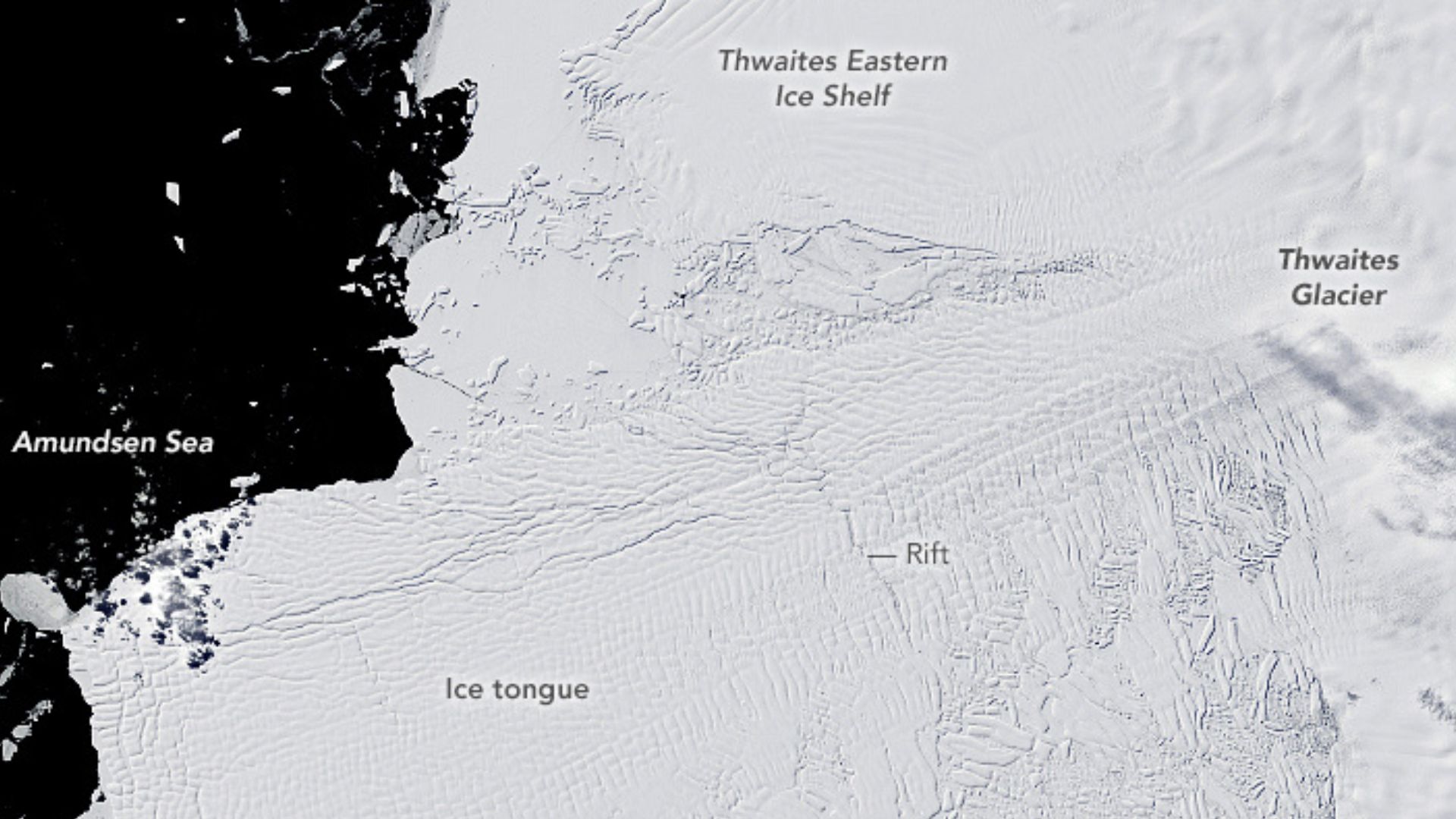
Recently released studies reveal unsettling “vigorous melting” at Thwaites Glacier, exacerbated by the warm seawater that flows beneath it.
This process is occurring more aggressively than previously thought, heralding complications for future sea level predictions and coastal management.
Waters Reach Deeper than Expected

Eric Rignot from the University of California, Irvine, who led this groundbreaking study, shared with USA Today, “The water is able to penetrate beneath the ice over much longer distances than we thought.”
He added, “It’s kind of sending a shock wave down our spine to see that water moving kilometers.”
Reevaluating Future Sea Levels

The implications of these findings are profound, poised to reshape how scientists model and predict future sea levels.
Rignot explains, “This process will speed up the results of models that scientists use to predict future sea levels,” stressing a need for revised coastal and urban planning strategies.
Stability in Peril
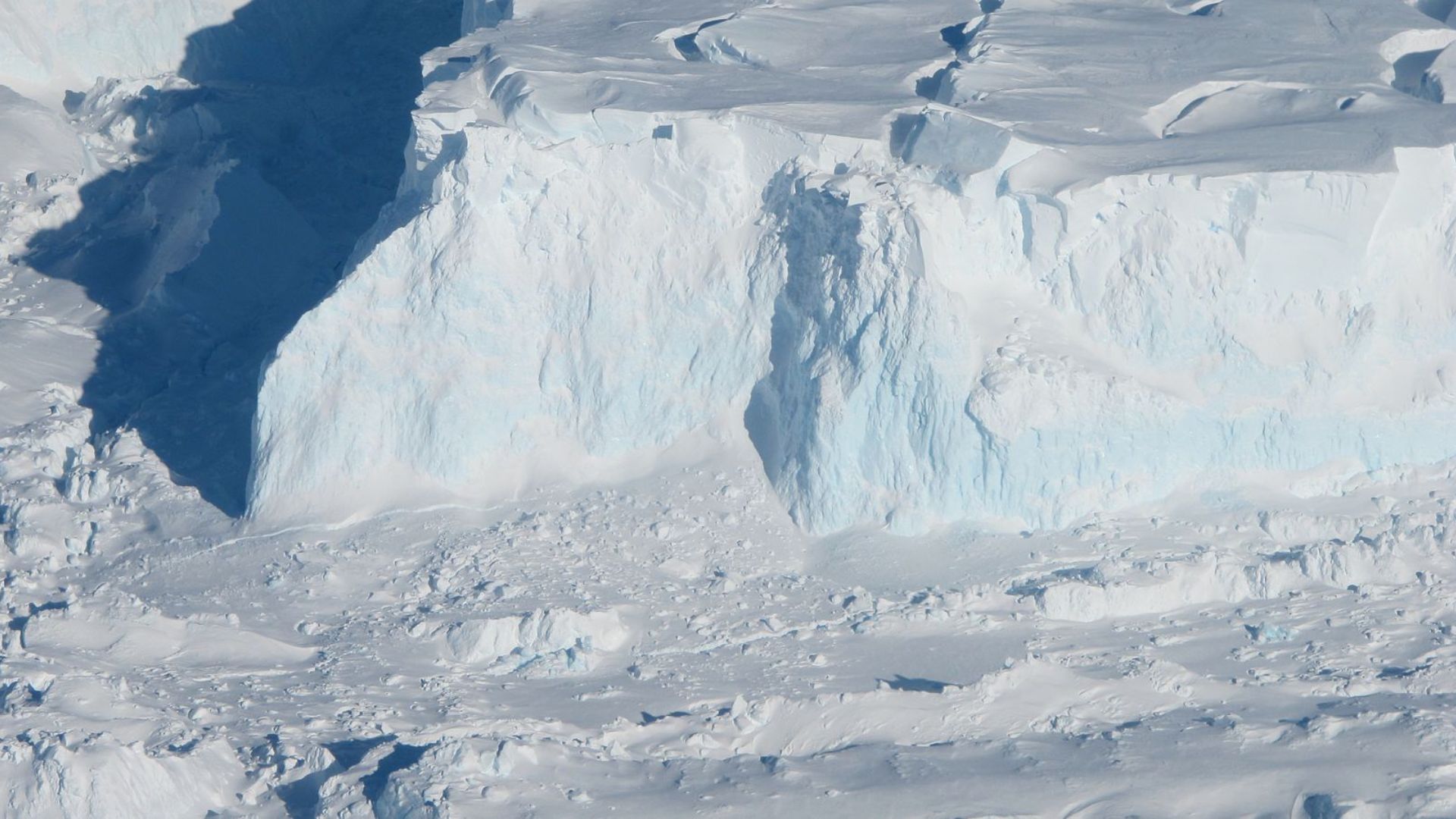
Thwaites Glacier has been identified as one of the most unstable regions in Antarctica.
Christine Dow of the University of Waterloo, who contributed to the study, highlights the glacier’s precarious situation: “The equivalent of 60 centimeters (two feet) of sea-level rise.”
Misjudging the Melting Speed
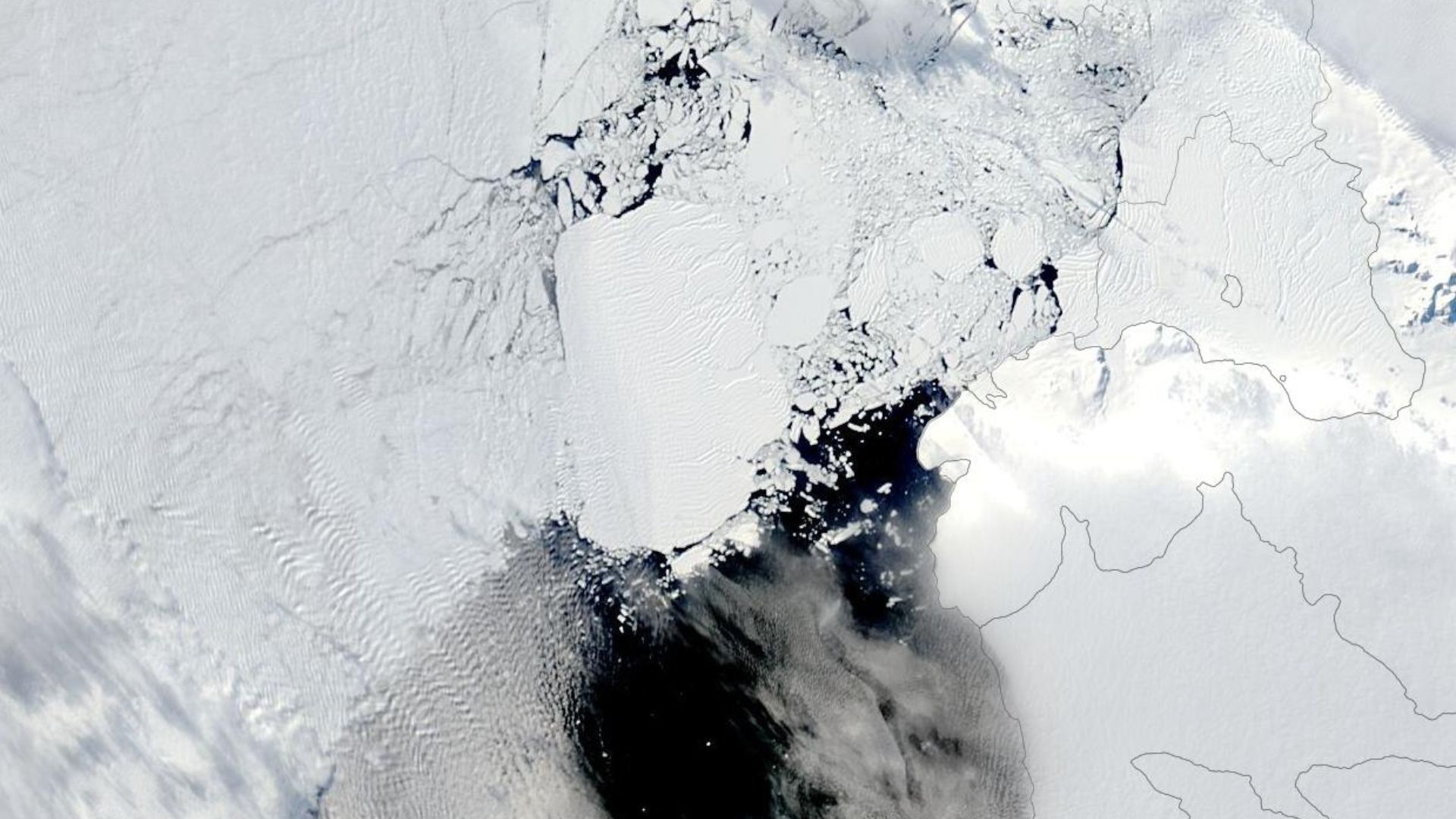
There’s an emerging consensus that the rate of change at Thwaites Glacier may be underestimated.
Dow expresses a significant concern: “The worry is that we are underestimating the speed that the glacier is changing, which would be devastating for coastal communities around the world.”
Pioneering Observation Techniques
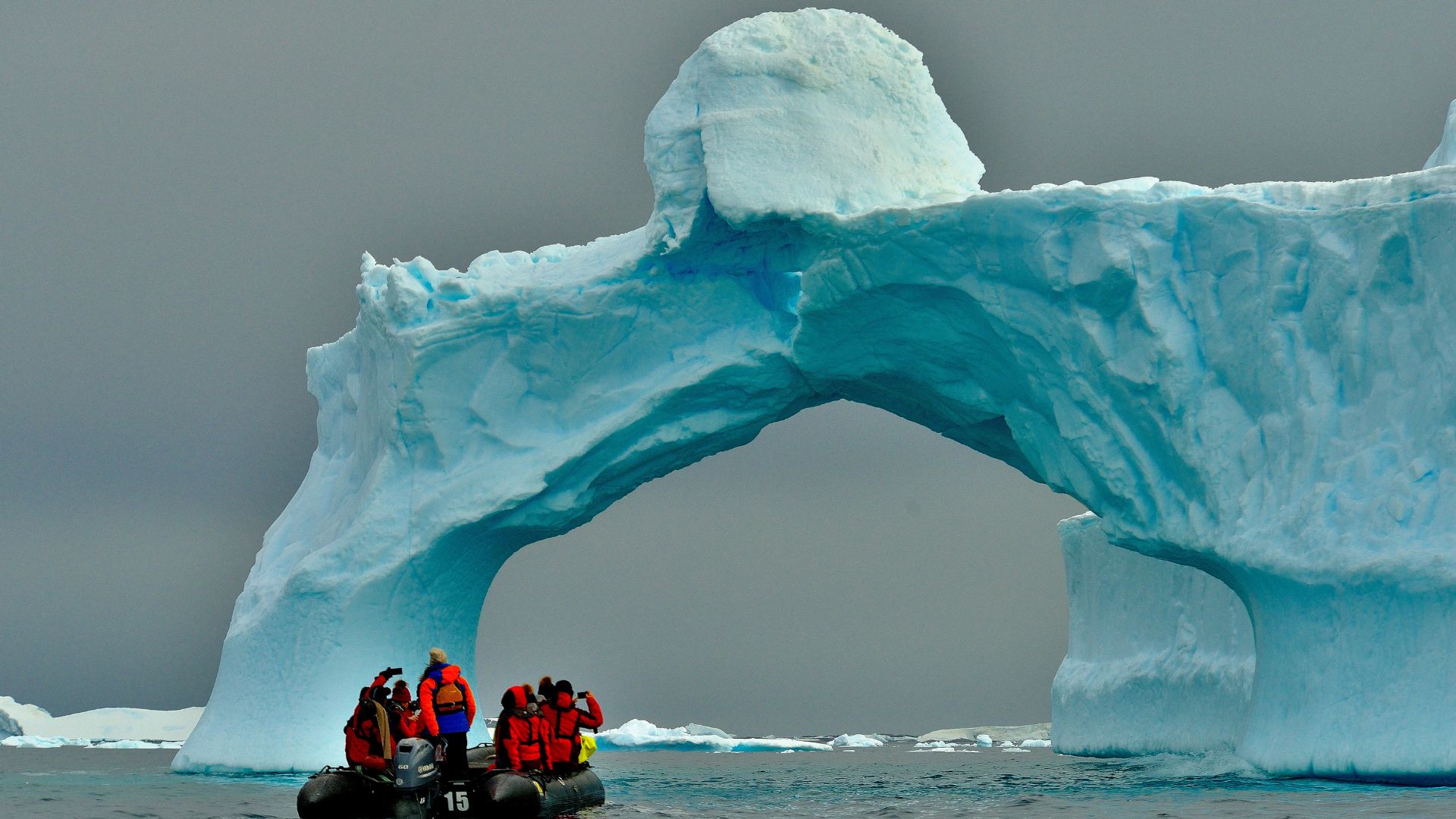
To track these changes, the team employed sophisticated high-resolution satellite radar technology.
This has allowed them to capture a clearer picture of how warm water channels beneath the glacier, offering new insights into its behavior and evolution.
Countdown to Collapse?
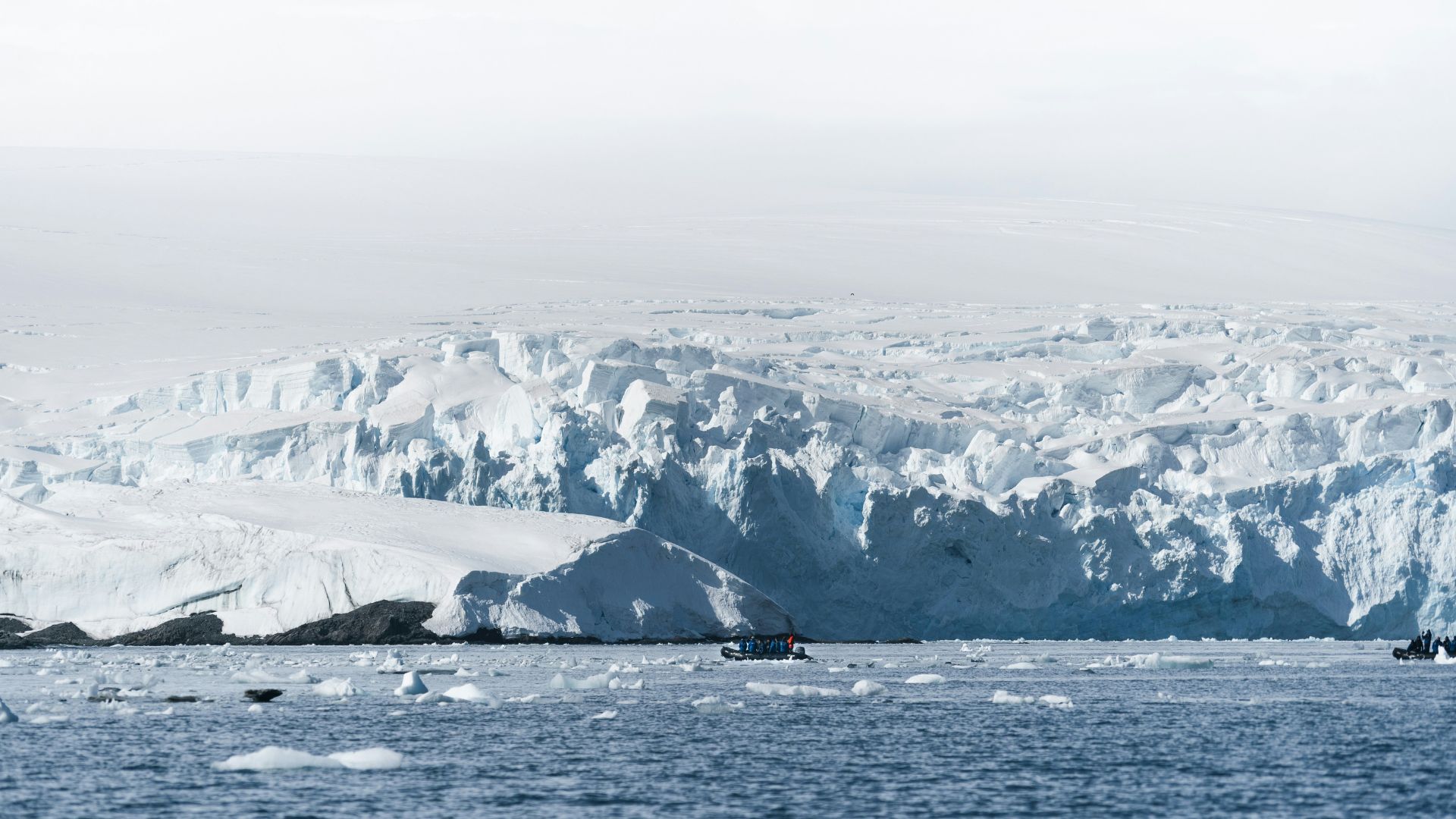
A 2021 study raised alarms that the ice shelf buttressing Thwaites might fail within five years.
By 2022, the glacier seemed to be barely holding on, described as hanging on “by its fingernails,” which vividly illustrates its rapid degradation.
Thwaites’ Global Role
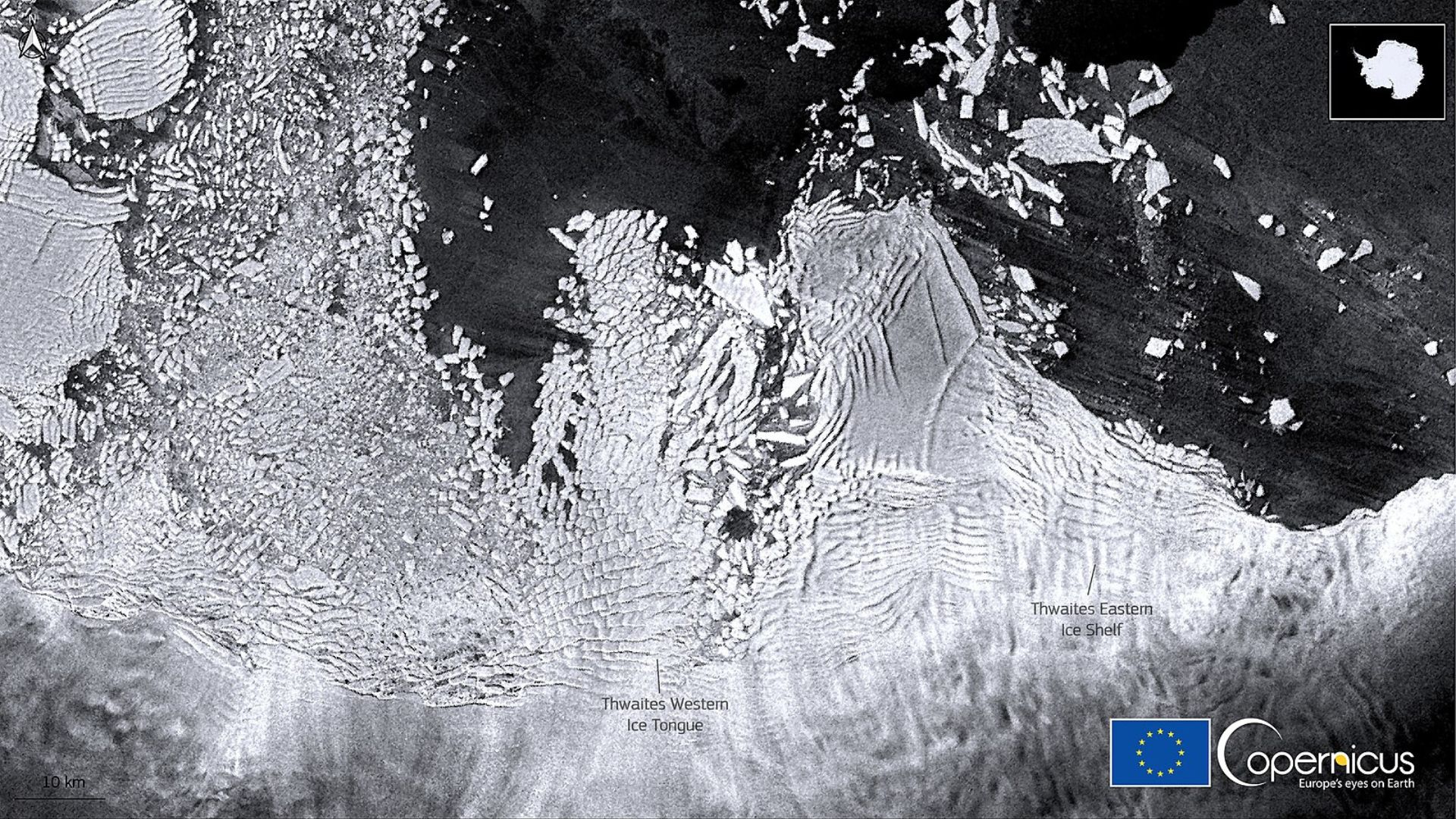
As one of the world’s most rapidly changing and unstable glaciers, Thwaites plays a critical role in global sea-level discussions and broader climate change research.
Its dynamic nature keeps scientists on edge as they study its every move.
A Colossal Ice Giant
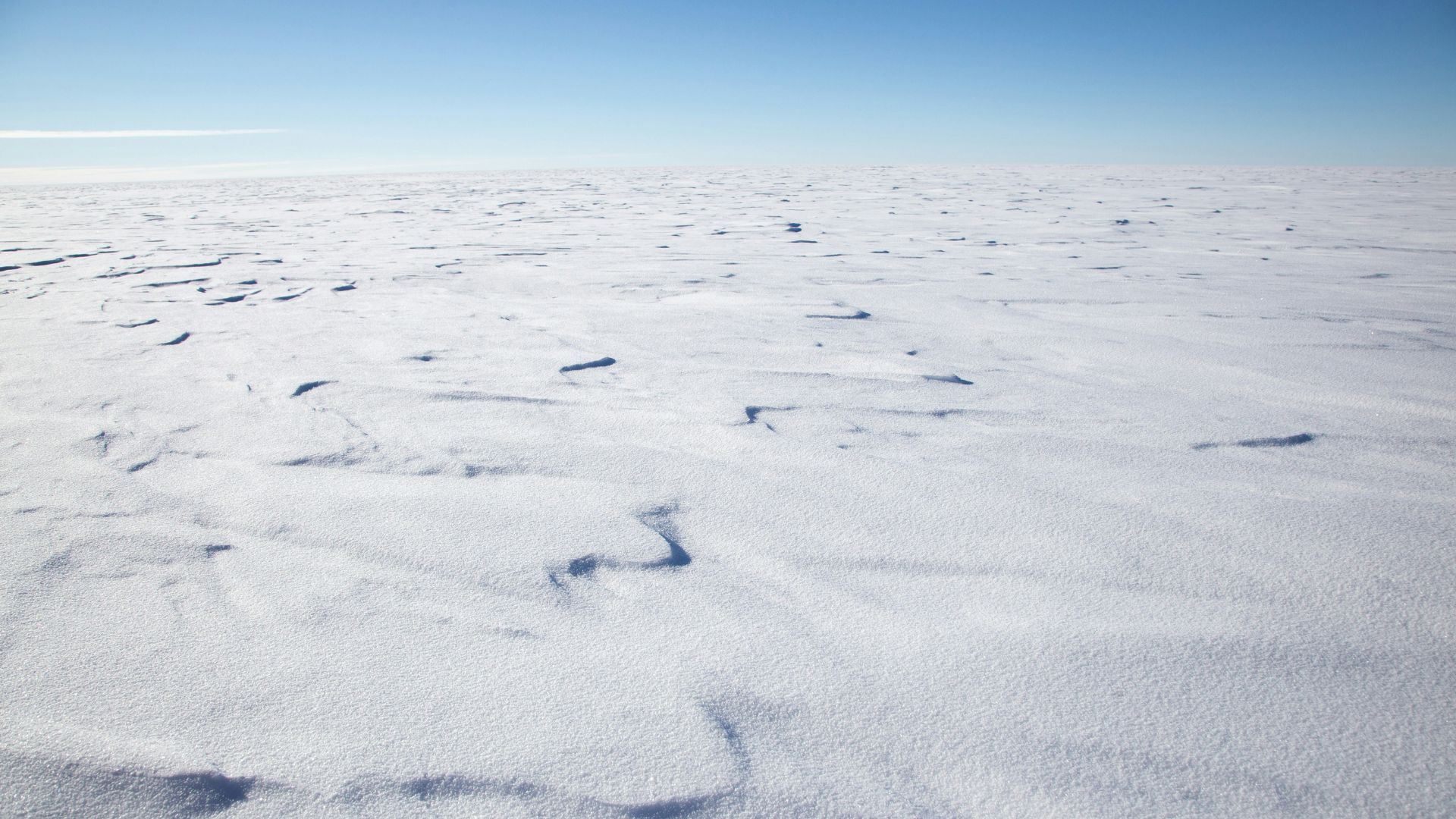
Thwaites Glacier spans an impressive 74,000 square miles, roughly the size of Florida, and its grounding line dips between 2,600 to 3,900 feet.
Its massive scale complicates both monitoring and prediction efforts.
Why Monitoring Matters
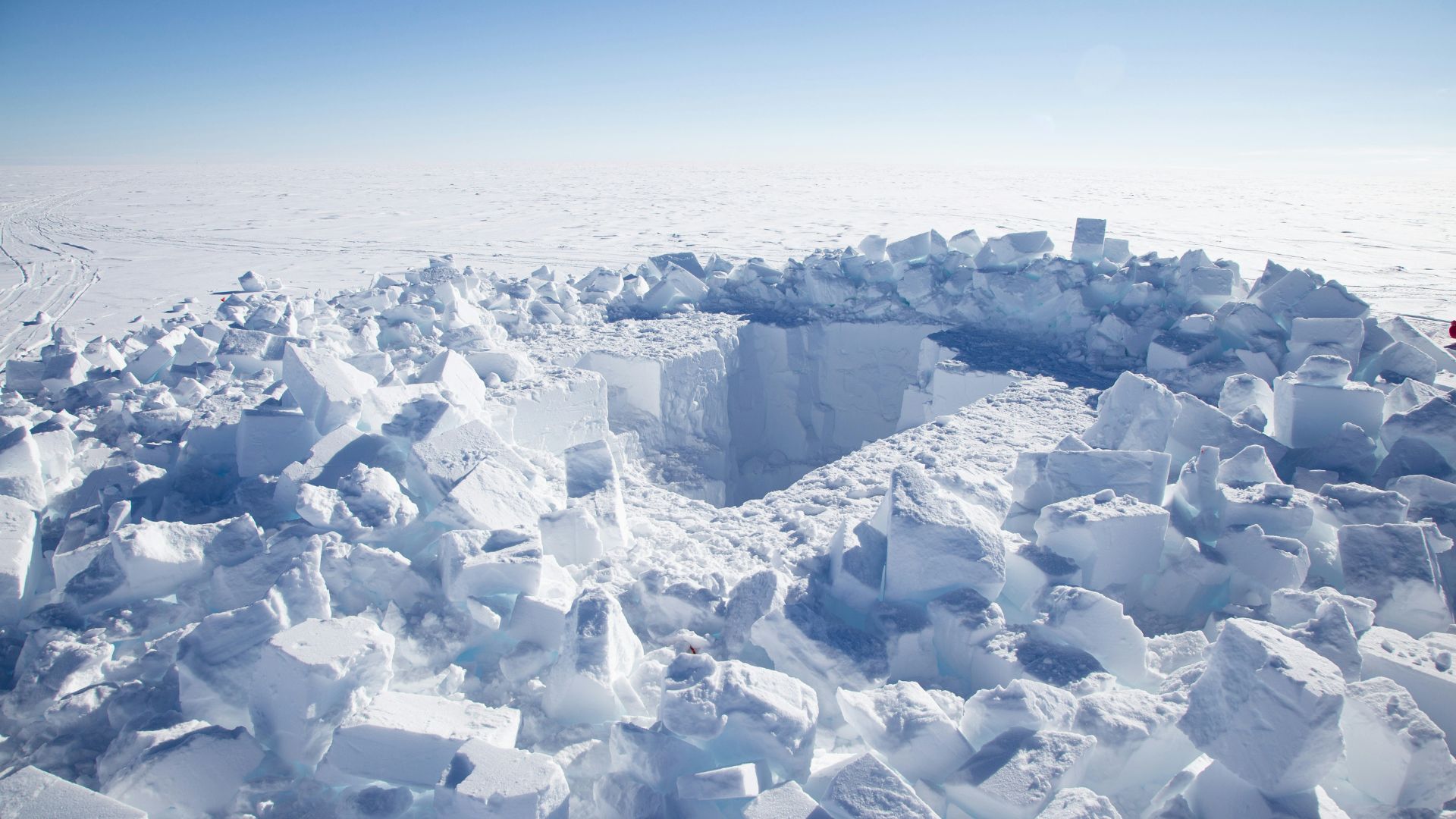
The swift changes at Thwaites Glacier illustrate the pressing need for ongoing surveillance and research.
Understanding these shifts is crucial for accurately forecasting their impacts and preparing adequate global responses.
A Concern for All
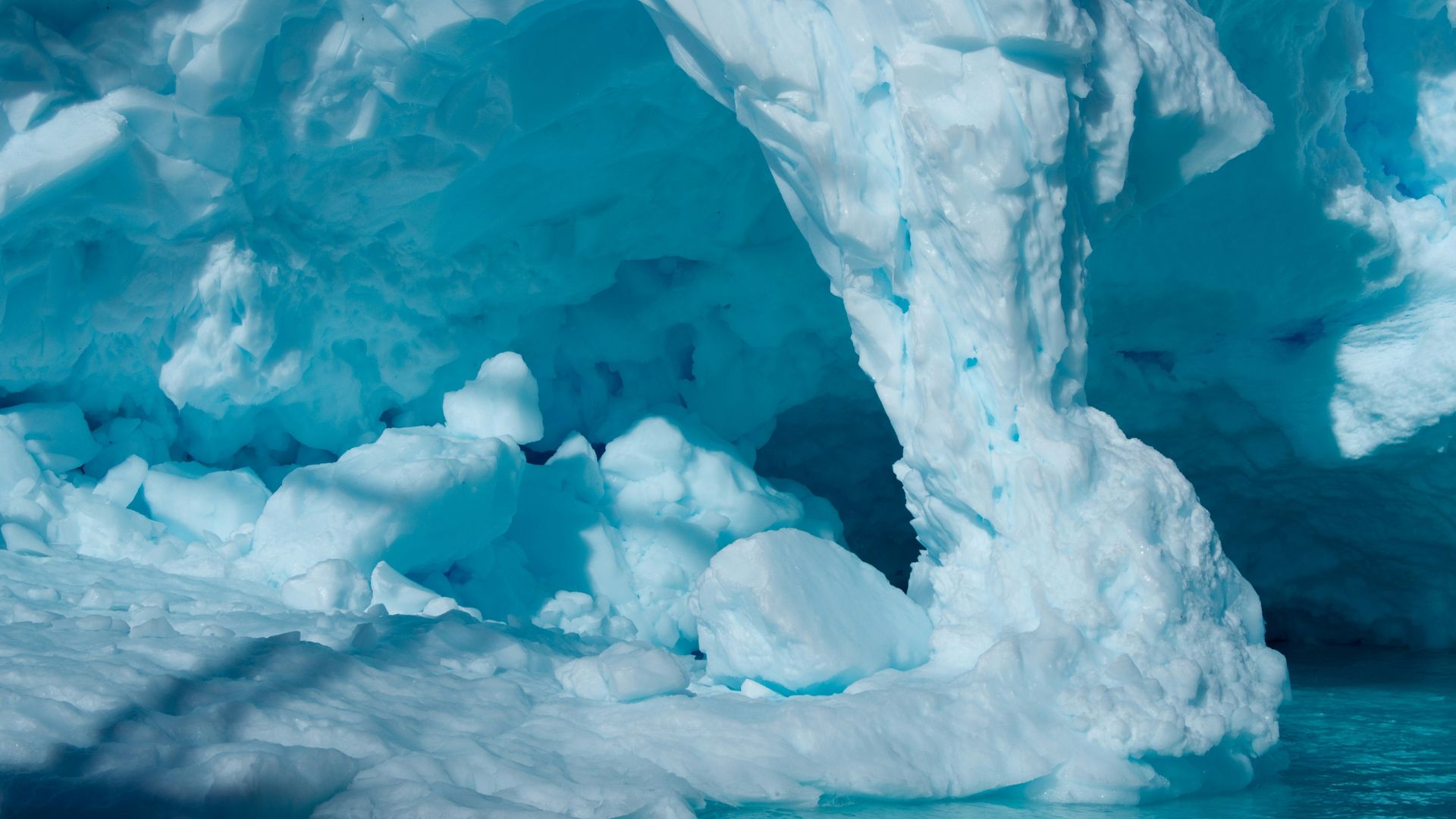
The fate of Thwaites Glacier transcends scientific interest and has palpable implications for populations worldwide.
The ongoing studies provide critical data necessary for formulating strategies to enhance climate resilience and fortify coastal defenses globally. Vigilance in monitoring this glacier is paramount for anticipating and mitigating its potential effects on sea levels globally.
